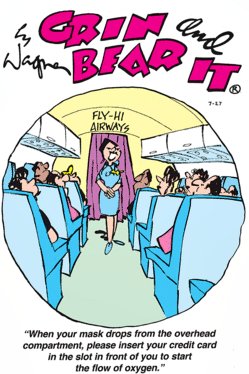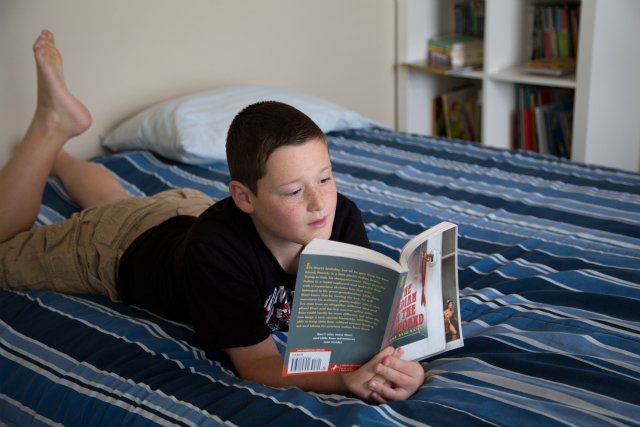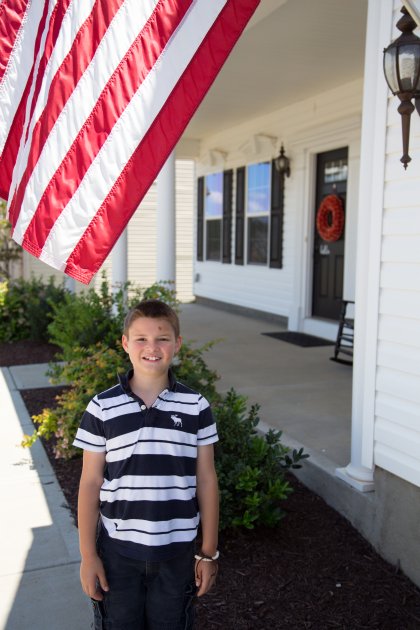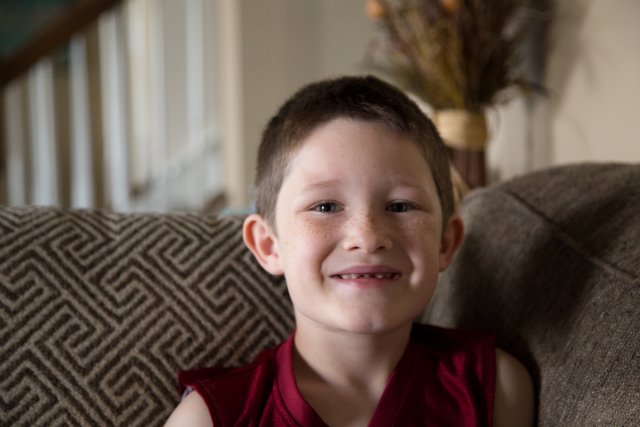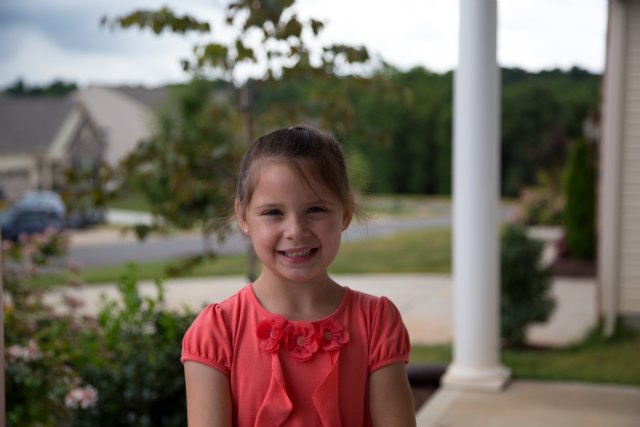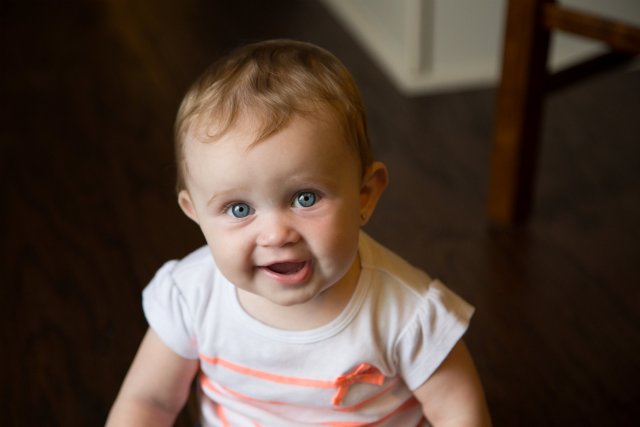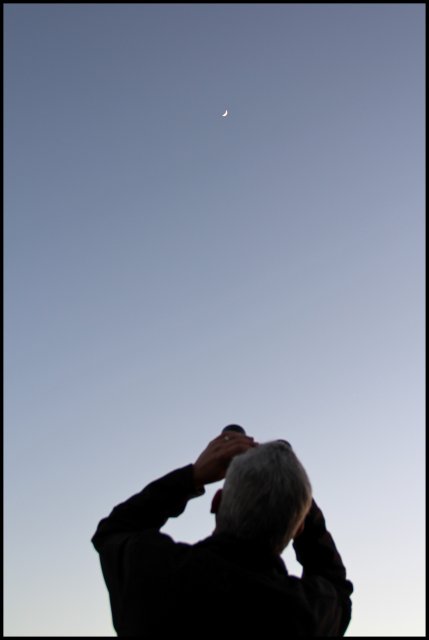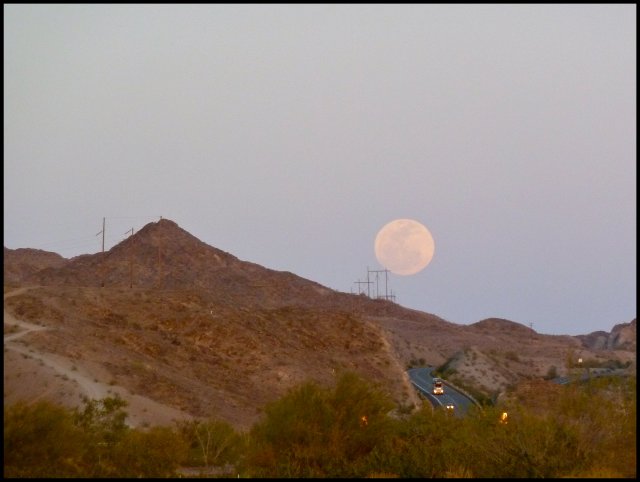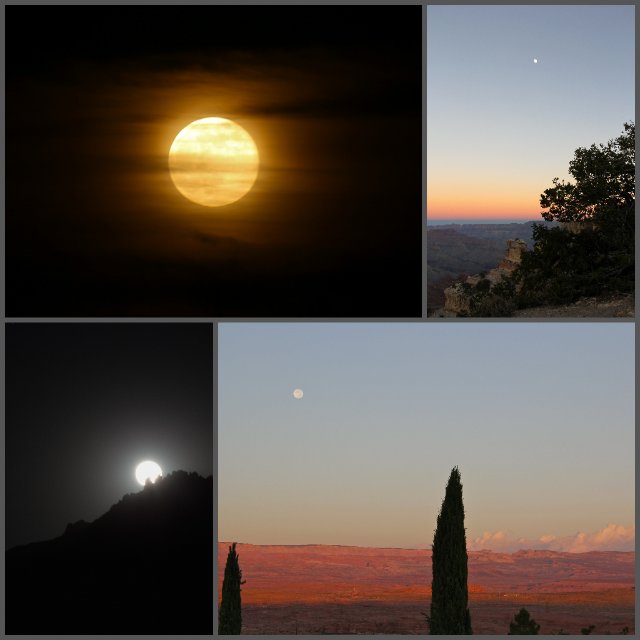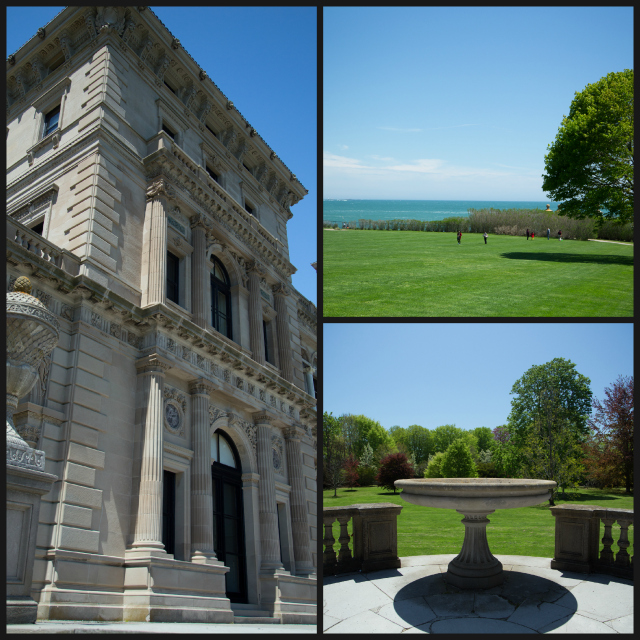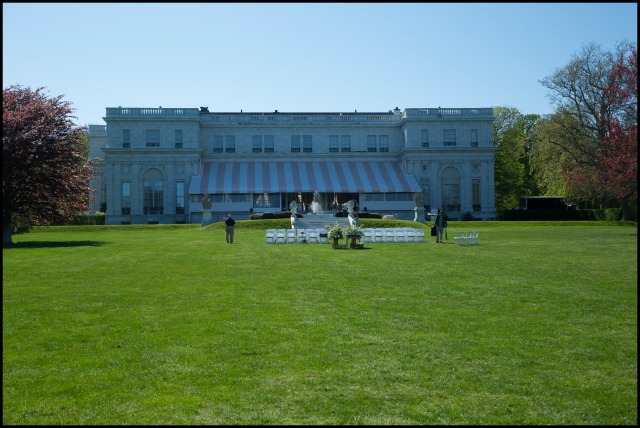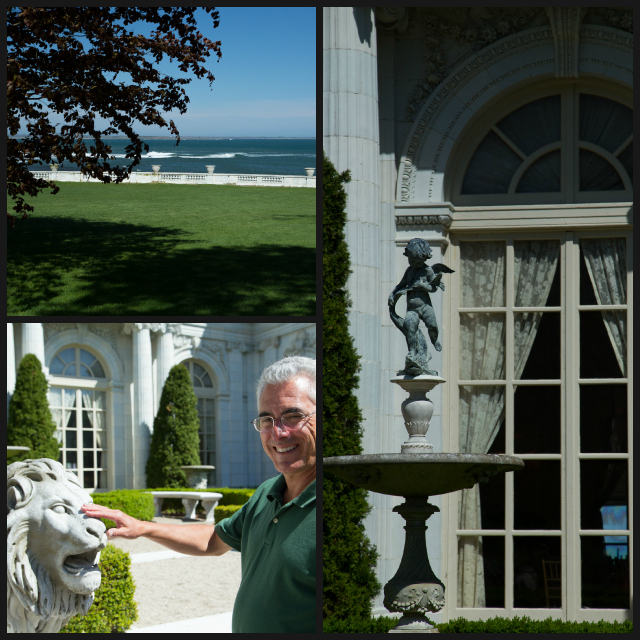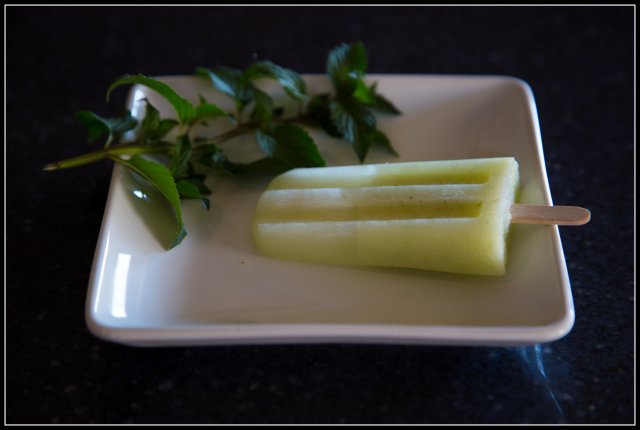While I have no desire to sell our home and move, I do enjoy walking through model homes to get an idea of current trends in decorating, floor plans and landscape. While we were on the east coast a while back, we discovered some very interesting homes to walk through.
The Preservation Society of Newport County maintains 12 mansions, all of them open to the public for tours. Some of the mansions have audio tours; others have personal tours. And one has a self-guided tour of its topiary garden.
We toured three of these mansions in Newport, Rhode Island to discover what life was like for the elite who "summered" there in the early twentieth century. Presidents and political figures, banking and railroad tycoons, and foreign dignitaries were guests at these homes. Although they were purchased as "summer homes" with owners typically spending only ten to twelve weeks per year at them, no expense was spared in decorating, maintaining and enjoying these homes.
It was America's "Gilded Age" - a time when the Second Industrial Revolution created an even greater disparity between the upper class (nouveau riche) and the lower class with virtually no middle class. "Conspicuous consumption" - defined by economist and sociologist Thorstein Veblen in 1899 as spending money on and acquiring luxury goods (jewelry or art, for example) and services (like paid staff) for the purpose of publicly displaying economic power and social status - ran rampant. It seems as though the nouveau riche thought conspicuous consumption was a compliment or a good thing.
The first mansion we visited was The Breakers, the grandest of the Newport Mansions. It was purchased in 1885 by Cornelius Vanderbilt II, the railroad tycoon, and rebuilt in 1893 after the original was destroyed by fire. The new mansion was even grander than the old one. A team of international craftsmen and artisans created a 70-room Italian Renaissance-style palazzo.
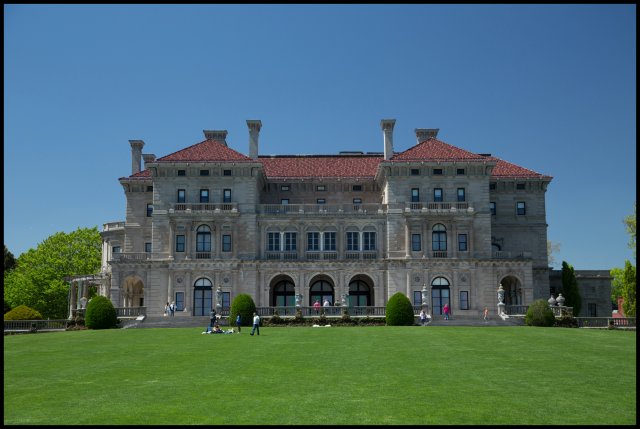
This is the back view of The Breakers. The people look very small compared to the house itself!
Unfortunately, photography is not allowed inside any of the mansions. The interior of The Breakers has several grand staircases, water fountains, gilded (covered in gold leaf) everything (wallpaper, frames and banisters to name a few) and rare artwork. To me, it just looked gaudy but the nouveau riche of the Gilded Age thought it was beautiful.
The grounds are quite spacious and well-manicured with a view of the Atlantic Ocean creating the perfect ambiance for summer galas. The Italian Renaissance architecture is beautiful... a treat for the eyes!
The next mansion we visited was much smaller in comparison but still huge by today's standards. Rosecliff was originally owned by historian and diplomat George Bancroft who sold it to Herman Oelrichs and his wife, Theresa Fair Oelrichs, a Nevada silver heiress, in 1891. The Oelrichs purchased additional adjacent property and replaced the original house with a mansion modeled after the Grand Trianon, a garden retreat of French kings at Versailles.
This is the back view of Rosecliff. It was being set up for a wedding the day we visited.
Although Newport's most lavish parties were held at Rosecliff, its interior was more sedate than The Breakers. There is only one grand staircase (the one Arnold Schwarzenegger came down in the movie True Lies), a beautifully decorated grand ballroom (also used in True Lies (when Schwarzenegger danced the tango with co-star Jamie Lee Curtis) as well as several other movies), and bedrooms that are nicely but not lavishly decorated.
The exterior of the mansion reflects its French influence with several garden areas. The back also has a view of the Atlantic Ocean along with a well-manicured lawn.
Building and furnishing these mansions was not the only expense. The summer season lasted about ten weeks and to be considered "high society," one was expected to host six or seven parties. Budgets for food alone were in the tens of thousands of dollars per season. $10,000 in 1910 would be just over $243,900 in 2014. And that doesn't include the clothing budget. Not only could you not wear the same gown to all of your parties, but you had twenty other parties to attend as well!
The last mansion we visited is called Green Animals. This estate is unique in several ways. First would be the name - it is very unusual and it was named years after it was built. The home is also much, much smaller than the others, really more of an estate than a mansion. And it has an extensive collection of antique toys. In fact, the upstairs could be a museum! Finally, it is not located in the same cluster area as the others but is several miles away.
Green Animals overlooks Narragansett Bay in Portsmouth, Rhode Island.
The estate was purchased in 1877 by Thomas Brayton, a manufacturing tycoon. It consisted of seven acres of land, a classic white clapboard summer house, farm outbuildings, a pasture and a vegetable garden. Brayton hired a superintendent, Portuguese gardner Joseph Carreiro, to look after the place and create a formal garden. Carreiro created several topiary gardens as well as flower gardens, a larger vegetable garden, and even a memorial garden where the family dogs are buried. Brayton's daughter, Alice, never married and inherited the estate when her father died. She made it her permanent residence, living there until her death in 1972. She left the property to the The Preservation Society of Newport County. Carreiro remained the estate gardner until his death in 1945 when his son-in-law, George Mendonca, took over and stayed until his retirement in 1985. The Preservation Society's staff now oversees the meticulous maintenance of the estate.

Alice Brayton gave the estate its name because of the profusion of "green animals." Green Animals is the oldest and most northern topiary garden in the United States. The topiaries are sculpted from California privet, yew and English boxwood. They are quite impressive!
These mansions are an interesting contrast to the
Paper House I wrote about a few weeks ago. Its owner, Elis Stenman, a Swedish immigrant, worked hard and made a good living but wasn't among the nouveau riche of the same time period. He built his summer home himself, out of newspapers. His neighbors got involved in the project and he made friends all over the United States because of it. His riches were family and relationships, not stuff.
Something to think about.

